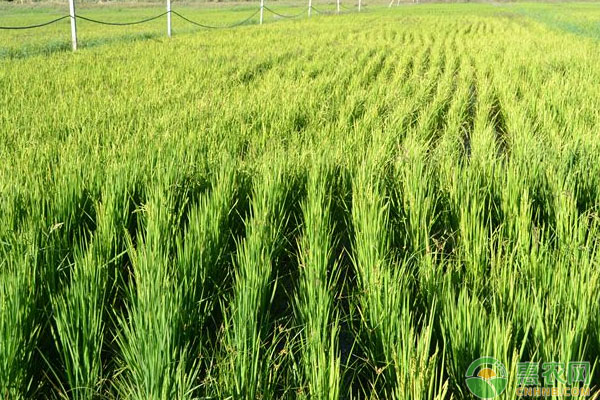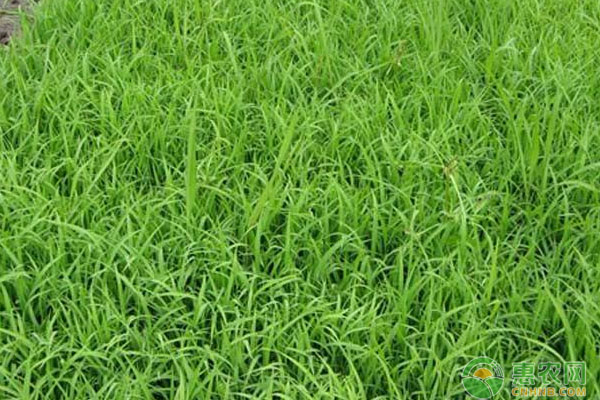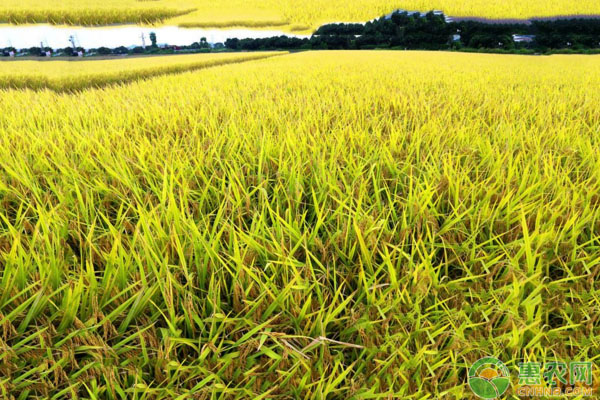Direct seed rice cultivation technology refers to the planting of rice seeds into the field through a certain standardization process. It is a lightweight cultivation method that directly sows seeds in the field without breeding and transplanting. This technology not only greatly improves rice. The cultivation efficiency is also reduced, and the rice planting cost is also reduced, which lays a foundation for high yield of rice.

1 Problems in rice live broadcast
1.1 The distribution of rice plants is unreasonable
In the rice planting process, due to the sparse or intensive planting, and the improper management of water and fertilizer, the distribution of seeding amount is unreasonable. When the seeding amount is too large, it will affect the number of basic seedlings and reduce the rate of emergence of the divided millet, so that the growth of the ear shape is not perfect, and the total yield of the paddy field is difficult to increase. If the amount of seeding is too small, it will affect the number of basic seedlings, which will lead to a large area of ​​ineffective separation and affecting production.
1.2 Treatment of diseases, insects and grass damage
The growth period of rice seedlings and the growth period of weeds began together, while the early management of rice fields was mainly based on wet management, which led to the growth of rice seedlings while weeds began to grow. Due to the wide variety, the large number, the fast growth rate, and the large population of rice, the rice leaves are tender, so it is very easy to attract pests and diseases. There are too many problems with diseases, insects and weeds, which are difficult to control.

1.3 Rice plants lack more seedlings
There is no good seedling in the paddy field, which makes the difference between the height and the height of the rice seedlings too large, which leads to the inconsistent growth of the plant seedlings and is not conducive to the use of water slurry management. After the paddy field is leveled, the floating mud is sown without a sedimentation plate, which will cause the seed to fall into the mud too deep without emergence, and too little seedling will result in insufficient seedlings.
1.4 The root distribution of rice is shallow
Since the root system of transplanted rice seedlings is too shallow, if there is no rice field after the vertical needle, 80% of the roots are densely distributed in the soil layer of 4-8 cm, and the number of root groups is too small. As a result, the root fixation is too weak, and when the rice enters the milky stage, it will form a lodging. At the same time, in the process of planting rice, fertilization is unreasonable, for example, too much nitrogen fertilizer, too little potassium fertilizer, and rice planthopper and rice stripe disease in the filling stage, etc., will also directly lead to the lodging of rice seedlings.
2 Countermeasures
2.1 Fine finishing rice fields
Leveling the rice fields, finely arranging the rice fields; it should be ploughed early, which is good for weeds and rice piles to rot as soon as possible; the rice fields are leveled so that the height of the rice fields is only 3cm, no mud is exposed to the water surface; Drainage and irrigation are unimpeded.

2.2 Prevention of pests and diseases in advance
Seed treatment before sowing; rice stripe disease control can be considered to use Jinggangmycin 200 g + 100 kg clear water spray; rice leaf roller control, 100 g per mushy of chlorpyrifos EC, while adding 200 g of phoxim emulsifiable concentrate; control of rice planthopper, considering the use of 100 g of isoprocarb + 50 kg of water spray per acre.
The prevention and control of grass damage adheres to the principle of "one, two kills, three supplements". “A†means that within 5 days after sowing, 200 mL of Swift + 30 g of benzathron + 100 kg of water spray is applied to each acre. The “two kills†refers to the growth to 4 after 3 weeks of sowing. In the leaf period, the combination of tillering fertilizer and Ai Nong plus benzalkonium to prevent the peak of grass; "three supplements" refers to the use of 50 g per acre of herbicides and thousands of gold to remove the sedge, the use of 100% of the broadleaf Wide net 30 mL / 667 m 2 . Manually remove the hybrid rice and remove the weeds.
2.3 Do a good job of lodging resistance
Because the roots of direct seeding rice are shallow and prone to lodging, it is necessary to use varieties with strong lodging resistance during planting to control the amount of seeding and the number of basic seedlings. After the needle is placed in the field, it is reasonable to use potassium fertilizer to prevent pests and diseases. jobs.
2.4 Strengthening the promotion of direct seed rice technology
When drying and selecting seeds, use imidacloprid and regent to control rice stripe disease; the ditches should be able to match each other, each ditches should be connected, drainage and irrigation should be convenient; full play of the role of the center technicians , vigorously develop and promote new technologies.
Anesthesia Medical Co., Ltd. , https://www.sinoanesthesia.com